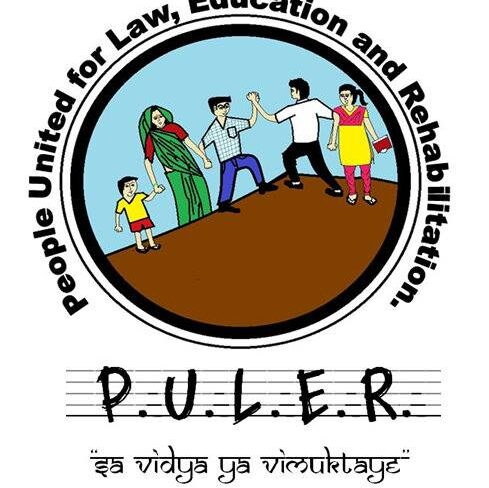Introduction
The Act of ‘Sanyasa’ is a well known concept in Indian society given its spiritual history. According to vedic literature, ‘Sanyasa’ refers to the purification of everything and is performed by existing in the ‘Samsara’ or the cycle of life, death and rebirth while denouncing all worldly material possession. The idea of Sanyasa originated in India as part of the Hindu religion as the final phase of a devotee’s life.
Later scriptures described various reasons for people to devote their lives to the tenets of self restraint and purity. It is believed that by entering this phase of one’s life, one is able to attain great knowledge about the world and find a connection to it while also detaching from the cycle of mundane daily life. This choice was generally prescribed to be made towards the end of one’s life, once the other three phases of a Hindu’s life, namely ‘Bhramacharya’ which equates to student life, ‘Grihasta’ or the household life and ‘Vanaspratha’ which means retired life, are completed.
The question raised then, is whether ‘Bal Sanyasa’ can be legal, considering the weight of such a decision, posing a concern regarding whether a minor is competent to make such a choice.
Legal Context in India
In India, laws governing specific religious acts are largely defined by customs, which is why there are separate laws that would be applicable to sanyasis and in conclusively restricting the age to pursue the life of a ‘Sanyasi’. That being said, there is no prescribed minimum age of competence for an individual to declare themselves a sanyasi. There are only certain rules to follow before such a measure is taken.
In the case of a minor who falls under the ambit of the ‘Hindu Minority & Guardianship Act’, he, she or they must first seek permission from their guardians before pursuing the life of a ‘Sanyasi’. This rule lays down the only basic criteria under Indian law that restricts an individual of any age from becoming a ‘Sanyasi’. Further, the primary duties of an individual to perform before seeking the life of a ‘Sanyasi’ are to ensure bifurcating his, her or their material possessions to their natural heirs and repay any debt before taking this step. A minor is likely not burdened with such duty.
It was argued that appointing a minor as a ‘Sanyasi’ would amount to child labour and that in taking such a vow, the guardian should be liable for material abandonment of the child as they lose their civil status.
To clarify the legal position taken by Indian law, the Karnataka High Court in turn held that ‘Bal Sanyasa’ is legal and not violative of any existing legal provisions. This conclusion was supported by the fact that minors from other religions such as Buddhism are able to become monks through their initiations as these are essential religious practices. The court in turn further has no authority to question such practice unless it is found violative of the rights of the individual, which in this case was held not to be the case.
Conclusion
There is thus no bar stipulating a minimum age for an individual to become a ‘Sanyasi’ in India as there is no law barring the same and the courts held that as there is no need for judicial intervention in an essential religious matter unless it violates an individual’s right or causes disturbance to regular functioning of society.
There are always contentions regarding the competence of a minor to enter into agreements, the same holds true in the present case. There are cases wherein a minor is forcibly made to become a Sanyasi.
While becoming a Sanyasi includes foregoing some of the rights such as the right to succession and inheritance, it does not mean that the individual forgoes his rights entirely. From a wider perspective, a child, on taking up the role of a Sanyasi, is living independently and is thereby bestowed with the right to self determination. This brings into question the opinion of the judiciary with regard to competence of a minor being determined on a case by case basis.
To resolve this, the law reverts to the Doctrine of Essentiality, established in the 1954 Shirur Mutt case from the Supreme Court which prescribes that practices essential to the religion, which are crucial and cannot be monitored by the government. The institution of ‘Bal Sanyasa’ was held by the Karnataka High Court to classify as an essential practice to certain sects of the Hindu religion and thus remains legal.
Read More:

Leave a Reply